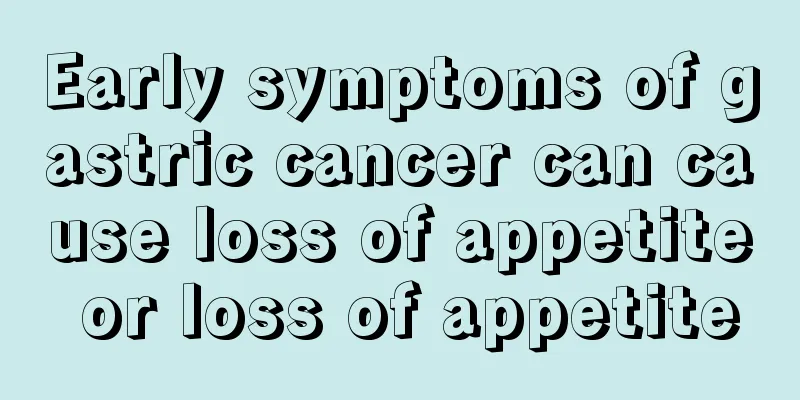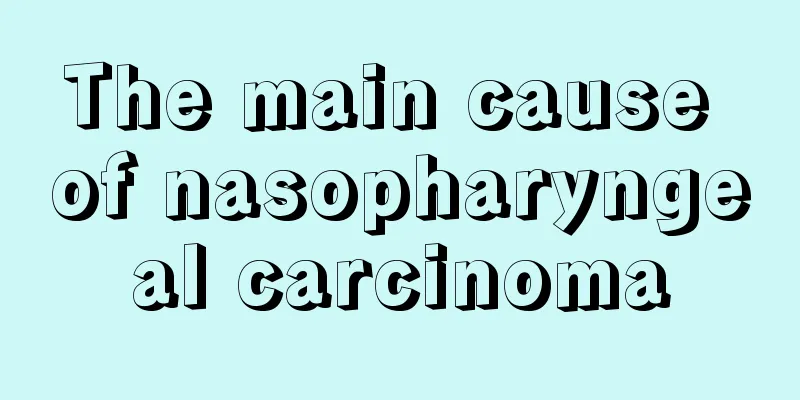Symptoms of small intestinal necrosis

|
In our lives, small intestinal necrosis is a very common disease. Most patients will feel unbearable abdominal pain when they have small intestinal necrosis, because at this time part of our small intestine function has stopped working, so it will affect our normal defecation and gastric motility. Therefore, we must actively treat it at this time, otherwise colic will be very uncomfortable. So what are the symptoms of small intestinal necrosis? Symptoms of intestinal necrosis 1. Abdominal pain The onset is acute, with sudden abdominal pain, which is often the first symptom, mostly around the navel. At the beginning of the disease, it is often manifested by gradually worsening paroxysmal colic around the umbilicus or in the upper and middle abdomen, which then gradually turns into persistent pain in the entire abdomen with paroxysmal worsening. Symptoms of intestinal necrosis 2. Nausea and vomiting It often occurs simultaneously with abdominal pain and diarrhea. The vomitus may be yellow water, coffee-like or bloody, and may also contain bile. Symptoms of intestinal necrosis 3. Diarrhea and blood in the stool Diarrhea may occur after abdominal pain occurs. The stool is initially paste-like and contains feces, then gradually becomes yellow water-like, followed by white water or red bean soup and jam-like, and may even be blood-like or dark red blood clots. The stool is small in size and has a foul odor. No tenesmus. The amount of bleeding varies. In mild cases, there may only be diarrhea, or only positive fecal occult blood without blood in the stool; in severe cases, the amount of bleeding can reach hundreds of milliliters a day. Diarrhea and bloody stools may last as short as 1 to 2 days or as long as more than a month, and may occur intermittently or repeatedly. Severe diarrhea may lead to dehydration and metabolic acidosis. Symptoms of intestinal necrosis 4. Abdominal signs Relatively few. Sometimes there may be abdominal distension and intestinal pattern. There may be obvious tenderness around the umbilicus and upper abdomen. Bowel sounds may be hyperactive in the early stages and then weaken or disappear. Symptoms of intestinal necrosis 5. Systemic symptoms After the onset of the disease, systemic symptoms such as general discomfort, weakness and fever may appear. The fever is generally between 38 and 39°C, and may reach 41 to 42°C in a few cases. However, the fever usually subsides within 4 to 7 days, and it is rare for the fever to last for more than 2 weeks. In newborns, intestinal necrosis symptoms often occur in the distal ileum and proximal ascending colon. In severe cases, the entire gastrointestinal tract may be affected, with the duodenum being less frequently affected. The main changes are inflation of the intestinal cavity, patchy or large-scale necrosis of the mucosa, gas accumulation, bleeding and necrosis of the intestinal wall to varying degrees, and in severe cases, full-thickness necrosis and perforation of the intestinal wall. |
<<: What are the symptoms of liver blood deficiency
>>: Symptoms of gastric bulb ulcer
Recommend
When should the rabies vaccine be given?
In life, as people's quality of life improves...
What pillow should I use for cervical spondylosis
Cervical spondylosis is a very common disease. Su...
Is left ventricular hypertrophy serious?
First of all, we should not think that left ventr...
What are the methods for checking ovarian tumors
Experts say that the symptoms of ovarian cancer a...
Hypertension is the "invisible killer" that harms the kidneys
Patients with hypertension not only have high blo...
What to do if red wine gets on white clothes
If you accidentally get red wine on your white cl...
What does ascorbic acid 3+ mean
Ascorbic acid 3+ is a very common phenomenon. Som...
There is blood in the secretion
When there are abnormalities in the female body, ...
Why do women get hungry easily
Eating is a normal physiological need of the huma...
Can skin cancer kill people?
Can skin cancer kill people? Skin cancer is a dis...
Drugs for treating flat warts
Nowadays, environmental pollution is very serious...
What are the good eating habits of lung cancer patients? Lung cancer patients are advised to maintain 4 principles in their diet
Lung cancer is a malignant lung tumor that has a ...
What should I do if tooth decay causes swollen and painful gums? Is the harm really that serious?
What we often call tooth decay is actually caries...
Which antibiotics are used for lymphadenitis?
Lymph nodes are very important organs in the huma...
The difference between fennel and anise
Fennel is a spice that is widely used in daily li...









